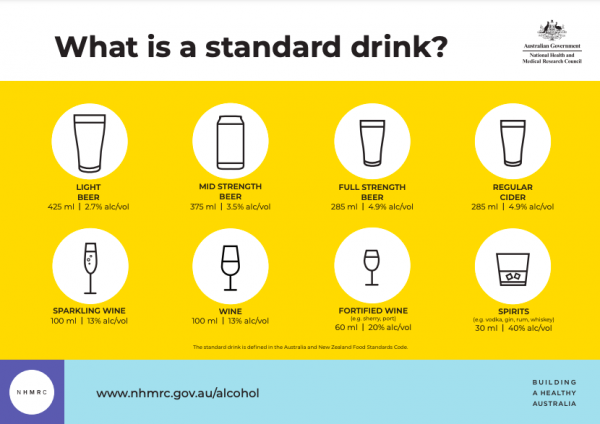It’s nearly July which for some means it’s time for going dry. Made easier with the many non-alcoholic beers, wines and spirits currently on the market it might make you think – is going alcohol-free worth it? To help you with your decision here is some insight into alcohol, what it does in the body and how you might benefit from some time out.
Facts we can’t ignore
- Alcohol provides 7 calories per gram. This is nearly twice the calories of sugar which has 4 calories per gram.
- From the moment alcohol enters our system, it is given preferential treatment. Unlike other nutrients, it needs no digestion and is quickly absorbed across the walls of an empty stomach and small intestine reaching the brain within a few minutes. This is why eating before and during drinking can slow the effects of alcohol.
- Alcohol is a toxin. Our liver does a great job of detoxifying it but at the expense of giving attention to the processing of fats, proteins and other substances. This leaves fats to accumulate in the liver. Giving your liver a break from alcohol a few times a week allows it to get on with the other important jobs that it must do.
- Alcohol interrupts neurotransmitters in the brain that are involved in sleep. This is why you may fall asleep quickly but then be wide awake a few hours later.
- Women do not have as much of the enzyme required to break down alcohol in their stomachs. This, along with the fact that in general women have a lower blood volume in their body means that they will feel the effects of alcohol faster than a man.
- Carbonated forms of alcohol, we are talking bubbles here, are absorbed more quickly and so the effects are felt more rapidly than other forms of alcohol.
- Moderate alcohol consumption may lower mortality from all causes, but only in older adults. No health benefits are evident before middle age.
- The current Australian guidelines recommend that to reduce the risk of harm from alcohol-related disease or injury, healthy men and women should drink no more than 10 standard drinks a week and no more than 4 standard drinks on any one day. Drinking less frequently, and drinking less on each day or drinking occasion, further reduces the lifetime risk of harm from alcohol.
 NHMRC. Australian Guidelines to Reduce Health Risks from Drinking Alcohol
NHMRC. Australian Guidelines to Reduce Health Risks from Drinking Alcohol
But red wine is good for us – right?
Red wine does contain the anti-oxidant resveratrol. However, studies on resveratrol are mixed. Some research shows that resveratrol could be linked to a lower risk of inflammation and blood clotting, which can lower the risk of heart disease. But other studies found no benefits from resveratrol in preventing heart disease. More research is needed on the effects of resveratrol in the body. Until that time moderation is key.
Benefits of going alcohol-free.
Apart from the obvious benefit of no hangovers many people report:
- improved sleep
- clearer skin
- increased focus and productivity
- increased energy
- weight loss.
Keep in mind…..
Zero alcohol does not mean zero sugar. Watch for hidden sugars in alcohol-free beer wines and mixers just as you would with any beverage to avoid stacking up the calories. Check the labels – a low sugar drink will have less than 2.5g of sugar per 100mL.
Ultimately what you drink and how much and often is a personal choice but having options from which to choose is a welcome change. For those doing Dry July well done on supporting a great cause and I hope that you experience all the benefits noted above.




